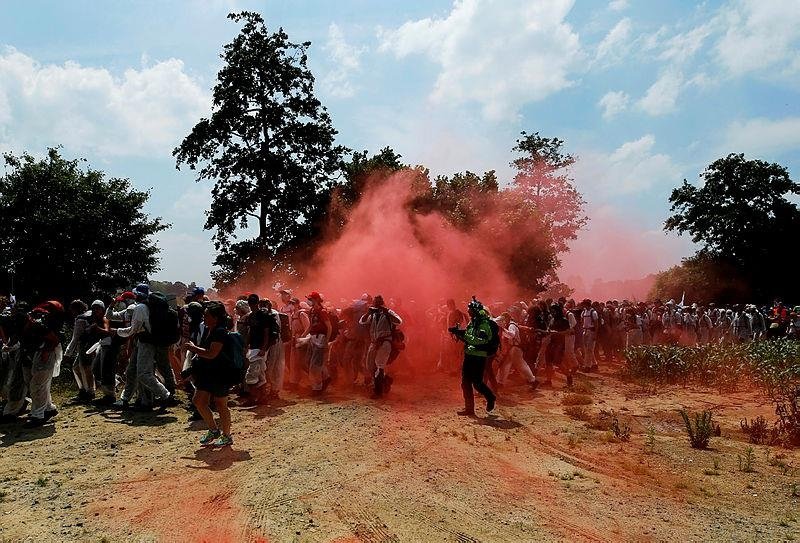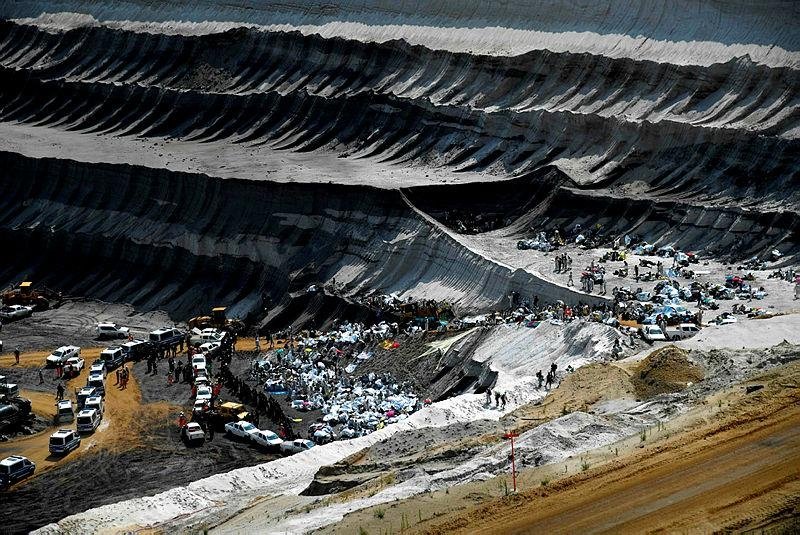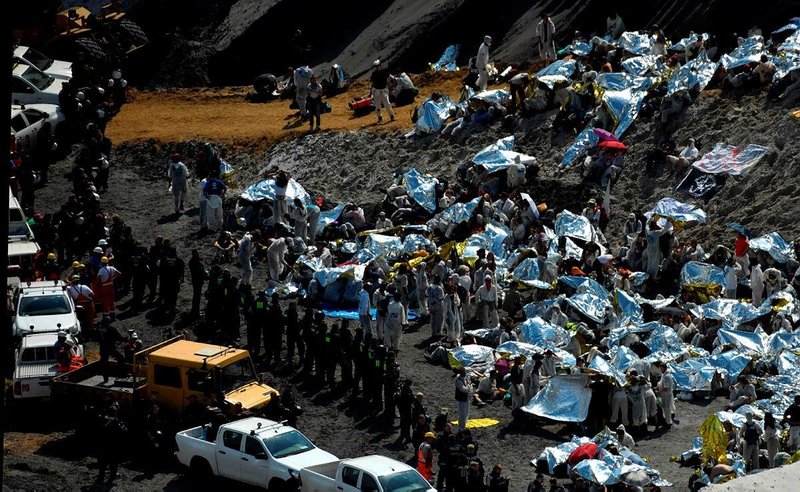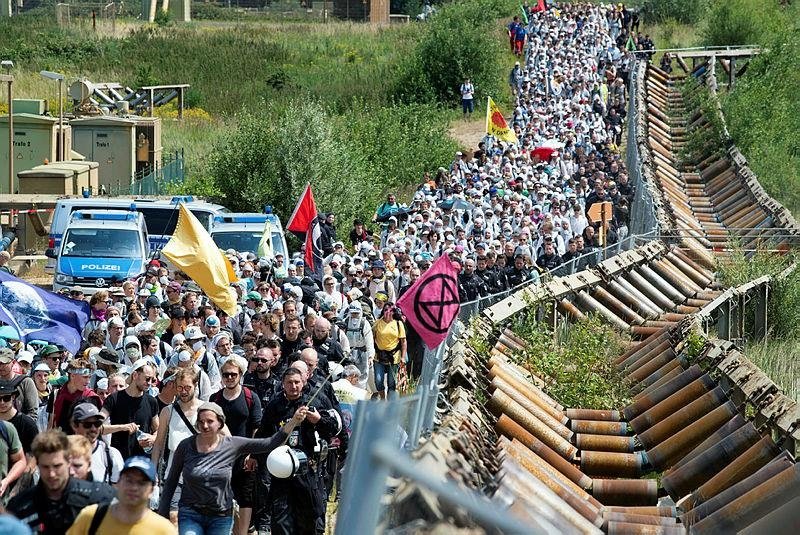Hundreds of climate change activists broke through a police cordon and stormed into one of Germany's biggest lignite coal mines Saturday, two days after European Union leaders disagreed on a plan to make the bloc carbon neutral by 2050.

Police ordered protesters to leave the vast, open-pit Garzweiler mine in western Germany, citing life-threatening dangers. German news agency dpa reported that some officers had been hurt, but didn't have any further details.

Earlier Saturday, dozens of protesters succeeded in temporarily blocking railroad tracks used to transport coal. The vast majority of the thousands of demonstrators in and around the western German village of Hochneukirch near the mine and adjacent power plants remained peaceful.
The mine has become a focus of environmental protests in recent years because the operator, German utility company RWE, threatened to chop down a nearby forest to enlarge it.

"It's important to increase the pressure on the government," protester Selma Schubert said. "The government doesn't do enough against climate change."
Participants in the Saturday protests held banners calling for climate protection and sang songs as they marched through villages in the Rhineland region near the mine.

According to German environmental group Bund, more than 8,000 people took part.
"You're building a movement, that's beautiful," said protester Seimi Rowin, who came from Scotland. "But we need to get to the next step ... otherwise future generations will pay for it."

Following months of climate protests by students and a sharp rise in the polls for Germany's Green party, Chancellor Angela Merkel recently threw her weight behind the goal of making Germany climate neutral by 2050. That would mean the country's economy no longer would add greenhouse gases to the atmosphere.

Scientists say ending fossil fuel use by mid-century is a must if countries want to achieve the 2015 Paris climate accord's most ambitious goal of keeping global temperatures from rising more than 1.5 degrees Celsius (2.7 degrees Fahrenheit) compared to pre-industrial times.